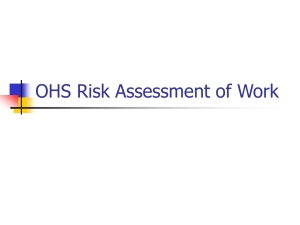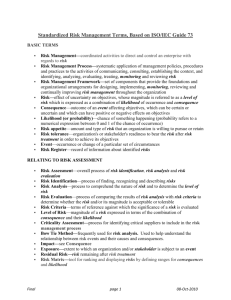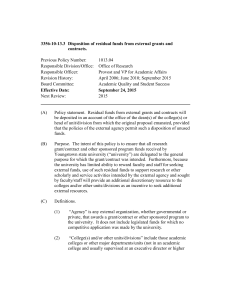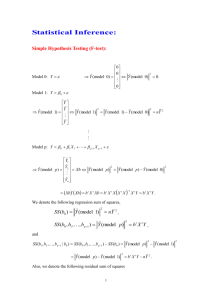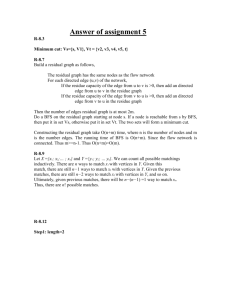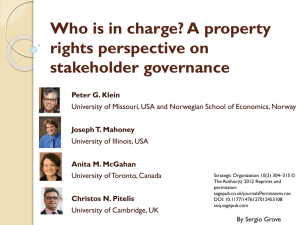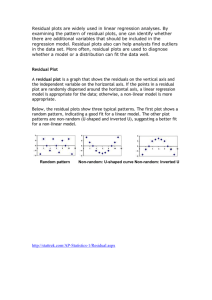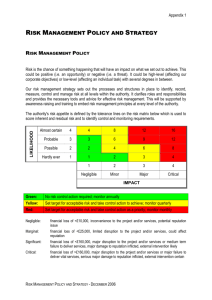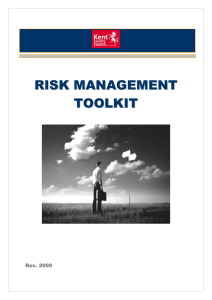Impact of risk - University of Cambridge
advertisement
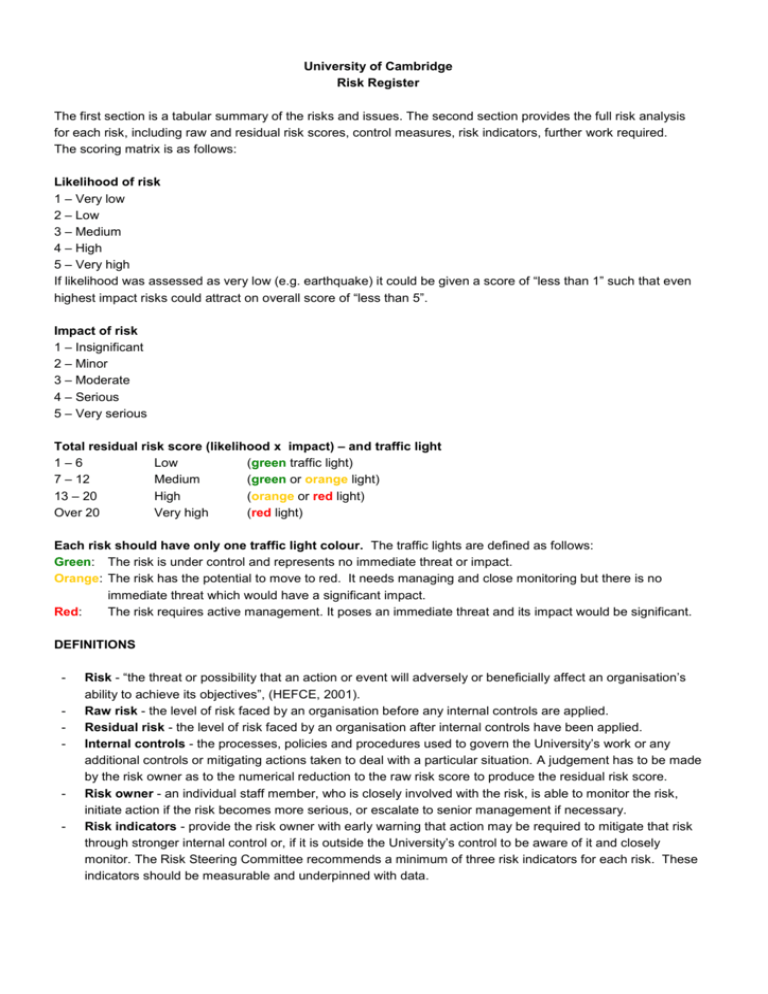
University of Cambridge Risk Register The first section is a tabular summary of the risks and issues. The second section provides the full risk analysis for each risk, including raw and residual risk scores, control measures, risk indicators, further work required. The scoring matrix is as follows: Likelihood of risk 1 – Very low 2 – Low 3 – Medium 4 – High 5 – Very high If likelihood was assessed as very low (e.g. earthquake) it could be given a score of “less than 1” such that even highest impact risks could attract on overall score of “less than 5”. Impact of risk 1 – Insignificant 2 – Minor 3 – Moderate 4 – Serious 5 – Very serious Total residual risk score (likelihood x impact) – and traffic light 1–6 Low (green traffic light) 7 – 12 Medium (green or orange light) 13 – 20 High (orange or red light) Over 20 Very high (red light) Each risk should have only one traffic light colour. The traffic lights are defined as follows: Green: The risk is under control and represents no immediate threat or impact. Orange: The risk has the potential to move to red. It needs managing and close monitoring but there is no immediate threat which would have a significant impact. Red: The risk requires active management. It poses an immediate threat and its impact would be significant. DEFINITIONS - - Risk - “the threat or possibility that an action or event will adversely or beneficially affect an organisation’s ability to achieve its objectives”, (HEFCE, 2001). Raw risk - the level of risk faced by an organisation before any internal controls are applied. Residual risk - the level of risk faced by an organisation after internal controls have been applied. Internal controls - the processes, policies and procedures used to govern the University’s work or any additional controls or mitigating actions taken to deal with a particular situation. A judgement has to be made by the risk owner as to the numerical reduction to the raw risk score to produce the residual risk score. Risk owner - an individual staff member, who is closely involved with the risk, is able to monitor the risk, initiate action if the risk becomes more serious, or escalate to senior management if necessary. Risk indicators - provide the risk owner with early warning that action may be required to mitigate that risk through stronger internal control or, if it is outside the University’s control to be aware of it and closely monitor. The Risk Steering Committee recommends a minimum of three risk indicators for each risk. These indicators should be measurable and underpinned with data. RISK REGISTER DATE Risk number 1 2 3 4 5 Risk name Risk Owner Key issues Residual risk score Raw risk score Rank (based on residual score) Previous rank Status green / orange/ red RISK STATUS green or orange or red RISK NUMBER: RISK NAME: RISK OWNER: BRIEF DESCRIPTION OF RISK: RAW RISK SCORE Likelihood Impact Total raw risk score ?/5 ?/5 ?/25 INTERNAL CONTROL MEASURES/MITIGATION ALREADY IN PLACE Insert list RESIDUAL RISK SCORE Likelihood Impact Total residual risk score CURRENT RISK STATUS RISK INDICATORS/WARNING SIGNS FURTHER ACTION REQUIRED/UNDERWAY Date of update: ?/5 ?/5 ?/25
